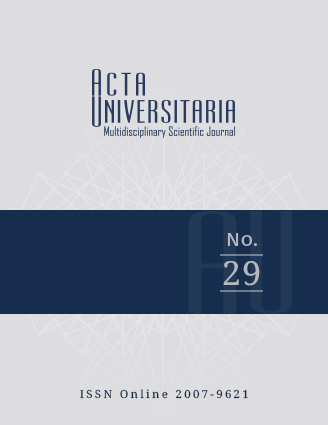Degree-days in a potato (Solanum tuberosum L.) crop to estimate the soil water depletion
Published 2019-08-15
How to Cite
Abstract
The objective of the study was to obtain a model to estimate the depletion factor of soil water and crop water deficit from growing degree days (Di) in potatoes. The extraction pattern of soil water was measured with tensiometers, and the root depth (Pr) was estimated during the development cycle. The Di were determined with agro-climatic data from nearby weather stations. The depletion factor of soil water (ƒ) is related to the current volumetric water content in the soil (θ), at field capacity and permanent wilting point. The relationship between Pr vs. Di was described by means of a non-linear model (r2 = 0.9786). A polynomial of third order (r2 = 0.82) was used for the relationship between the humidity depletion factor and growing Di. Based on this model, the maximum depletion factor was 0.352 for 11 Di, indicating a decreasing trend depletion factor to 1 000 Di, reaching a value of 0.292 for depletion factor, which remains roughly stable for values over 1 100 Di. The estimation of Di for the potato crop allows timely determination of the soil humidity depletion factor at the root depth.

